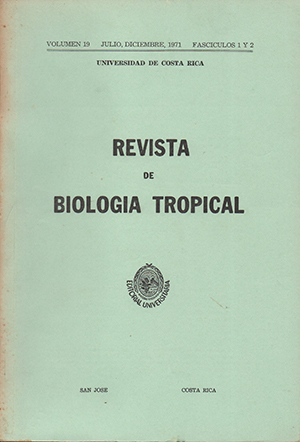Resumen
Estudios para establecer las características fisicoquímicas de la liproteína tensoactiva pulmonar fueron llevados a cabo. Se espera que los resultados de esta investigación pueden servir para compender mejor la naturaleza del agente tensoactivo pulmonar así como para extender nuestro conocimiento general de las lipoproteínas.
Un estudio exhaustivo del constituyente péptido de la lipoproteína tenso· activa pulmonar fue realizado después de que los lípidos fueron removidos en su totalidad en material proveniente de pulmones bovinos.
Se observó que los materiales lipoprotéicos pulmonares libres de lípidos son insolubles en agua destilada, así como en soluciones salinas fisiológicas con pH ácido o neutro. Son ligeramente solubles en cloruro de sodio 0.1 molar pH 10.0, Y completamente solubles en hidróxido de sodio 0.1 normal. El componente péptido de esta lipoproteína no es dializable.
Los materiales libres de lípidos fueron concentrados mediante ultrafiltración en membranas Diaflo y purificados en columnas de Sephadex.
Se observó que las propiedades del componente peptídico purificado son marcadamente influenciadas por el pH de los solventes, por ejemplo, el péptido en su estado isoeléctrico (pH 4-6) forma un gel que se dispersa con urea 6 molar. A pH mayores de 7.0 o menores de 4.0, se pudo observar trazas de material insoluble, quizás agregados. Se asume que las propiedades de solubilidad de este péptido están controladas, al menos parcialmente, por su carga neta.
La ultracentrifugación y la electroforesis indican que las preparaciones del componente péptido estudiado son heterogéneas. Las electroforesis del péptido en tiras de acetato de celulosa mostraron dos bandas: un componente mayor de rápida migración electroforética, y un componente menor más lento, localizado cerca del punto de origen, que se considera constituye aproximadamente el 5 % del total del péptido. Los patrones de sedimentación en la ultracentrí fuga analítica mostraron dos comp onentes principales con constantes de sedimentación (S20,W) de 1.53S y 3.10S, cuyos pesos moleculares anhidros mínimos fueron estimados en 8,600 y 24,800 respectivamente (suponiendo una forma esférica).
Los cálculos mostraron que el componente péptido de la lipoproteína tensoactiva pulmonar posee más grupos negativos que positivos en su constitución, lo que está de acuerdo con sus propiedades ácidas.
Las determinaciones del peso molecular de este péptido arrojaron valores de 100,000 y 230,000, con base en su composición química y con base en datos derivados de experimentos de sedimentación-equilibrio en la ultracentrífuga. Tal discrepancia entre estos dos valores puede ser explicada asumiendo que una polimerización del componente péptido ocurre en solución, determinando así un valor más alto para el peso molecular medio establecido mediante sedimentación- equilibrio.






